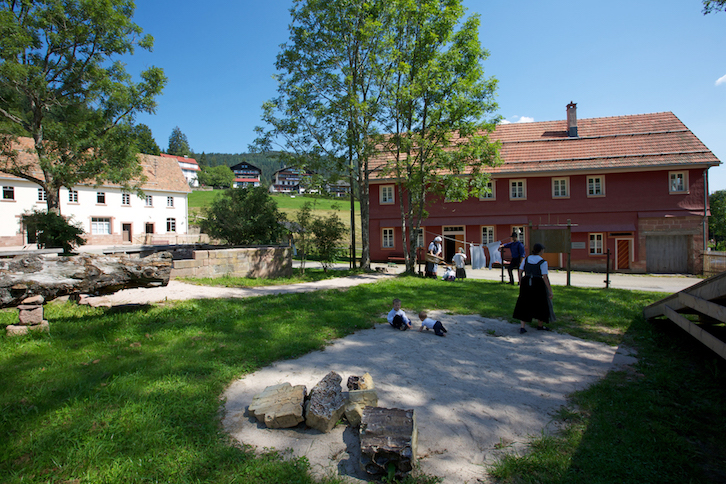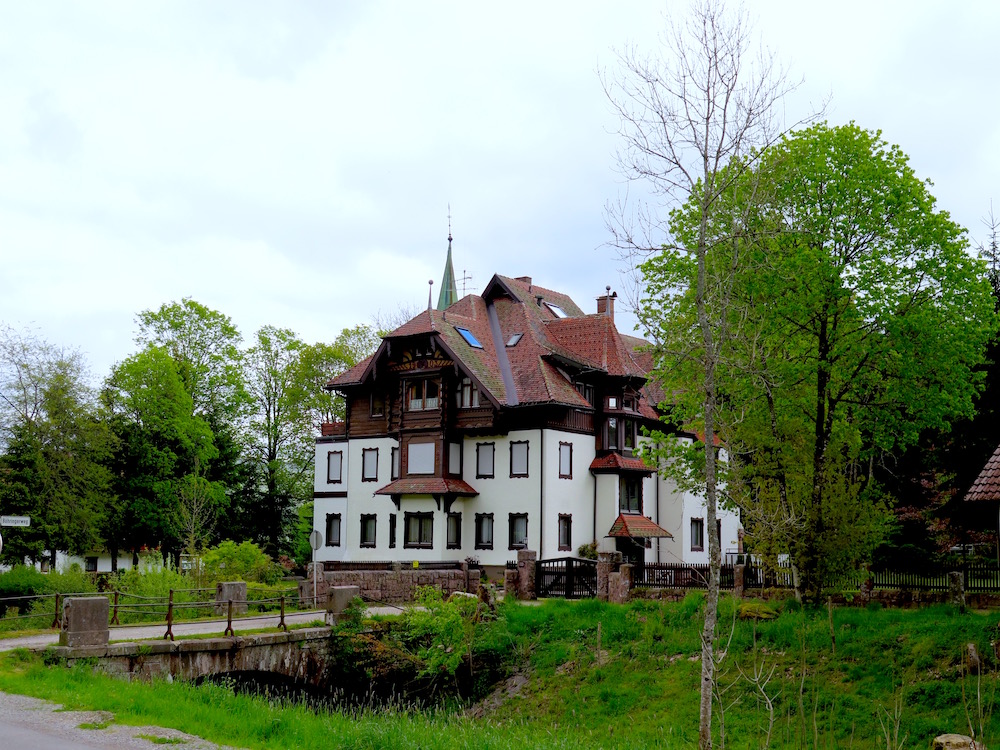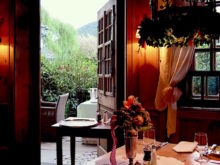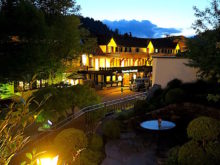Gourmands around the world know that Baiersbronn in the Black Forest in SouthWest Germany is home to more Michelin stars per capita than any other European destination—though it’s less likely that “foodies” recognize the area for its invention of the classic champagne bottle.
Famous for its coniferous forests of silver fir, the Black Forest (aka Schwarzwald) region in the state of Baden-Württemberg received its name from the Romans who referred to it as “silva nigra,” the Latin phrase for dark and murky forest, a consequence of the densely packed forest that obscured most light.
For centuries, the Black Forest hosted a sustainable wood industry with timber rafting and sawmills to produce construction timber for use in the shipping industry. The city of Amsterdam, for example, was built with silver fir trunks from Baiersbronn. By the 19th century, the region was almost completely deforested due to the history of intensive forestry.
Alongside the timber industry, the region supported glassworks, the largest of which was founded in the town of Buhlbach in 1758—and it was here that the iconic green glass champagne bottle with its inverted thumbprint at the bottle’s bottom was invented in 1826.
One of the primary producers of sparkling wine in Germany, Georg Christian Kessler had previously worked for Veuve-Clicquot in Reims. Kessler was more than a little distraught by the annual loss of wine due to exploding bottles—and so he sought a bottle that would withstand the pressure from the carbon dioxide, while keeping the bubbles.
Coal-fired glassmaking produced stronger wine bottles—but it was the inverted thumbprint at the bottle’s bottom that proved the industry standard. With a history of specializing in the production of green glass, Glasshütte Buhlbach developed a durable bottle notable for its quality, which became known as the “Buhlbacher Schlegel.” Throughout the heyday of the glassworks, more than 2 million champagne bottles were handblown annually.
Today, visitors can wander the grounds of Buhlbach Valley Glassworks, the erstwhile glassworks, with guides in period costume. Glassmaking demonstrations are offered, as well as workshops for creating your own glass bottles. Those who are less industrious can visit the gift shop for handmade baubles of blown glass.








